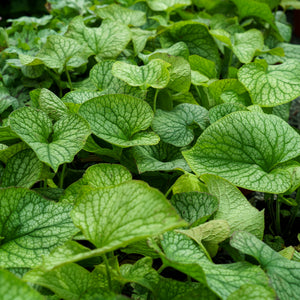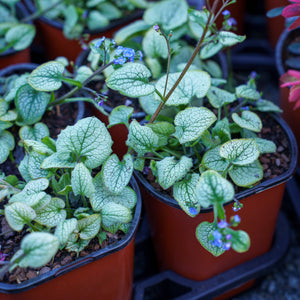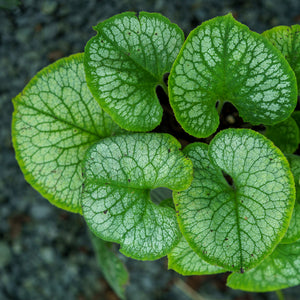The Brunnera Guide
Brunnera, also known as Siberian Bugloss, is a shade-loving perennial prized for its heart-shaped leaves and delicate blue flowers. Resembling forget-me-nots, Brunnera’s spring blooms provide a burst of color before giving way to lush, textured foliage that lasts throughout the growing season. This low-maintenance plant thrives in woodland gardens, shaded borders, and as ground cover, making it a must-have for any shade garden. Here’s everything you need to know about growing and caring for Brunnera.
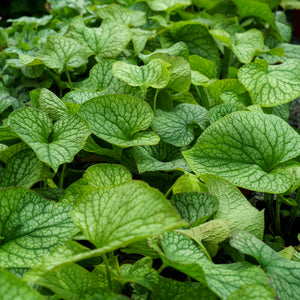
About
Brunnera belongs to the Boraginaceae family and is native to Eastern Europe and Asia. This hardy perennial is particularly valued for its ability to brighten shady spots with its striking foliage and dainty spring flowers.
Popular varieties include Brunnera macrophylla 'Jack Frost', known for its silvery leaves with green veining; Brunnera macrophylla 'Alexander’s Great', a large-leafed variety ideal for bold garden statements; and Brunnera macrophylla 'Sea Heart', which offers thicker, more heat-tolerant foliage. Other standout selections like Brunnera macrophylla 'Queen of Hearts' and Brunnera macrophylla 'Sterling Silver' provide unique variegation and texture.
Brunnera is an excellent companion plant for hostas, ferns, and astilbes, creating layered, visually appealing shade gardens. It is resistant to deer and rabbits, making it a reliable choice for woodland landscapes.
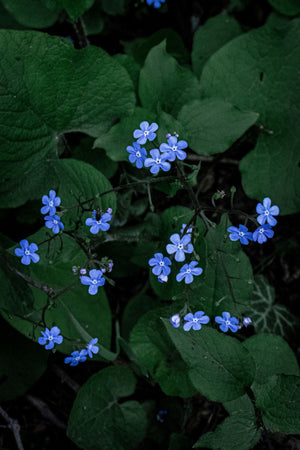
PLANTING
- USDA Hardiness Zones: Best suited for Zones 3-8, offering excellent cold hardiness.
- Soil: Prefers rich, well-drained, moisture-retentive soil with a slightly acidic to neutral pH.
- Sunlight: Thrives in partial to full shade. Some varieties can tolerate dappled sunlight but may scorch in direct afternoon sun.
- Watering: Requires regular watering, especially during dry periods. Prefers consistently moist soil but should not be waterlogged.
- Spacing: Space plants 12-24 inches apart to allow for their spreading habit.
- Planting Time: Spring or fall are the best times for planting Brunnera to allow for strong root establishment before extreme weather.
To plant Brunnera, loosen the soil, incorporate organic matter such as compost, and place the plant at the same depth as in its nursery pot. Water thoroughly after planting.
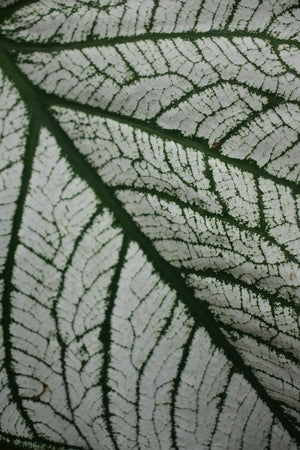
CARE
- Watering: Maintain consistent moisture without overwatering. Mulch around the base to retain soil moisture and regulate temperature.
- Fertilizing: Apply a balanced, slow-release fertilizer in early spring to support growth and flowering.
- Pruning: Remove spent flowers to encourage more foliage growth. Cut back old leaves in late fall or early spring to make room for fresh growth.
- Pests & Diseases: Generally pest-resistant but may be susceptible to slugs and powdery mildew in overly wet conditions.
- Dividing: Divide clumps every 3-5 years in early spring or fall to maintain vigor and prevent overcrowding.
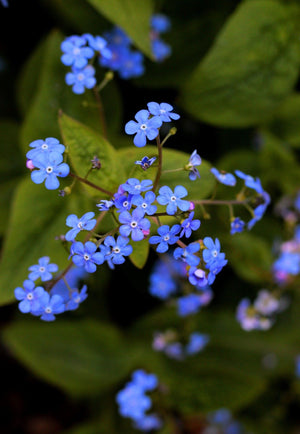
HOW TO USE
Brunnera’s lush foliage and delicate flowers make it an excellent choice for various landscape applications:
- Shade Gardens: Perfect for brightening dark corners with its silvery or variegated foliage.
- Ground Cover: Spreads slowly to create a dense, weed-suppressing carpet in shaded areas.
- Borders & Edging: Adds texture and color along shaded pathways or garden edges.
- Woodland Gardens: Blends beautifully with ferns, hostas, and other shade-loving perennials.
- Container Gardening: Compact varieties can thrive in pots with proper moisture and shade.
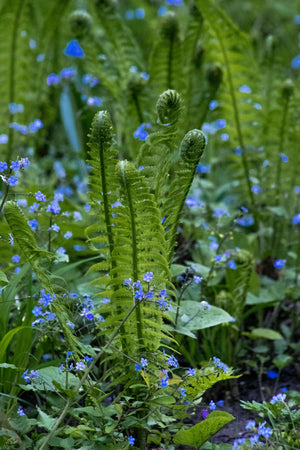
Common Questions
- Do deer eat Brunnera? No, Brunnera is highly deer-resistant due to its slightly hairy and textured leaves.
- Is Brunnera invasive? No, Brunnera spreads slowly but is not aggressive or invasive.
- Is Brunnera toxic to dogs? No, Brunnera is considered non-toxic to dogs.
- Is Brunnera toxic to cats? No, Brunnera is safe for cats and other household pets.
- Do you cut back Brunnera in the fall? Cutting back old or damaged leaves in late fall or early spring promotes fresh growth.
- How to propagate Brunnera? Divide mature clumps in early spring or fall. It can also be propagated from root cuttings.
- Are Brunnera deer-resistant? Yes, Brunnera is rarely browsed by deer or rabbits.
- Are Brunnera evergreen? In warmer climates, some varieties may remain semi-evergreen, but in colder regions, they die back in winter and re-emerge in spring.
Conclusion
Brunnera is a stunning, shade-loving perennial that enhances garden spaces with its vibrant foliage and delicate blue flowers. Whether used as a ground cover, border plant, or woodland garden accent, Brunnera is a reliable and visually appealing choice. With varieties like Brunnera macrophylla 'Jack Frost', Brunnera macrophylla 'Queen of Hearts', and Brunnera macrophylla 'Sterling Silver', there’s a perfect selection for every shaded landscape. Explore our collection and bring lasting beauty to your garden.
The Brunnera Collection
Sold Out
Sold Out
Sold Out

